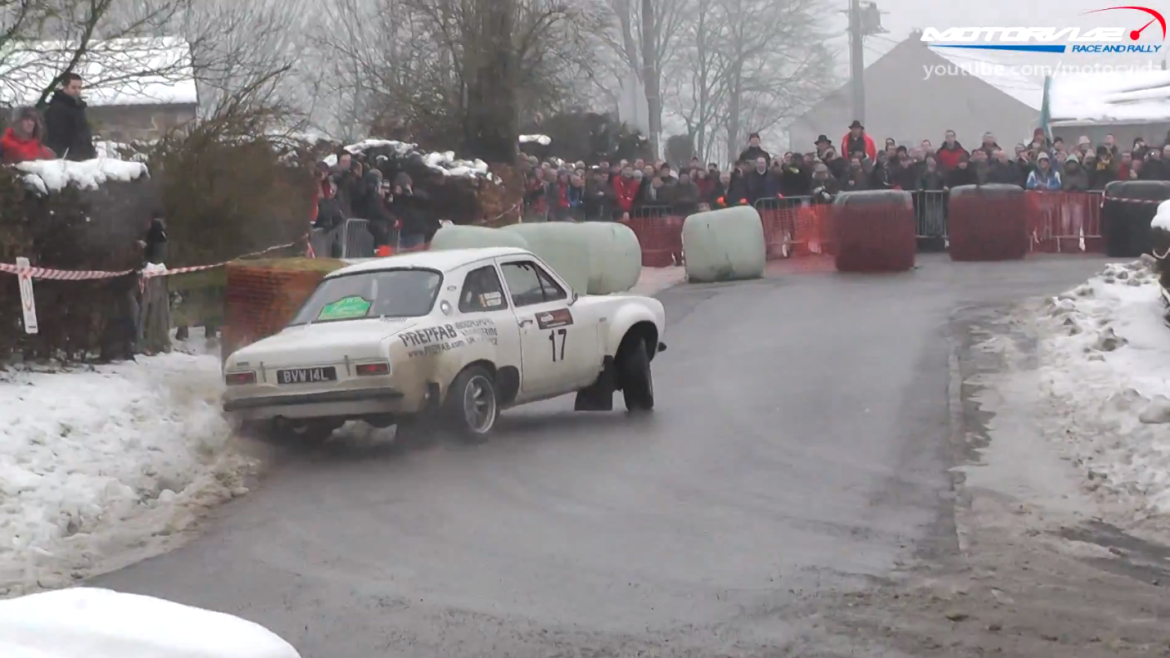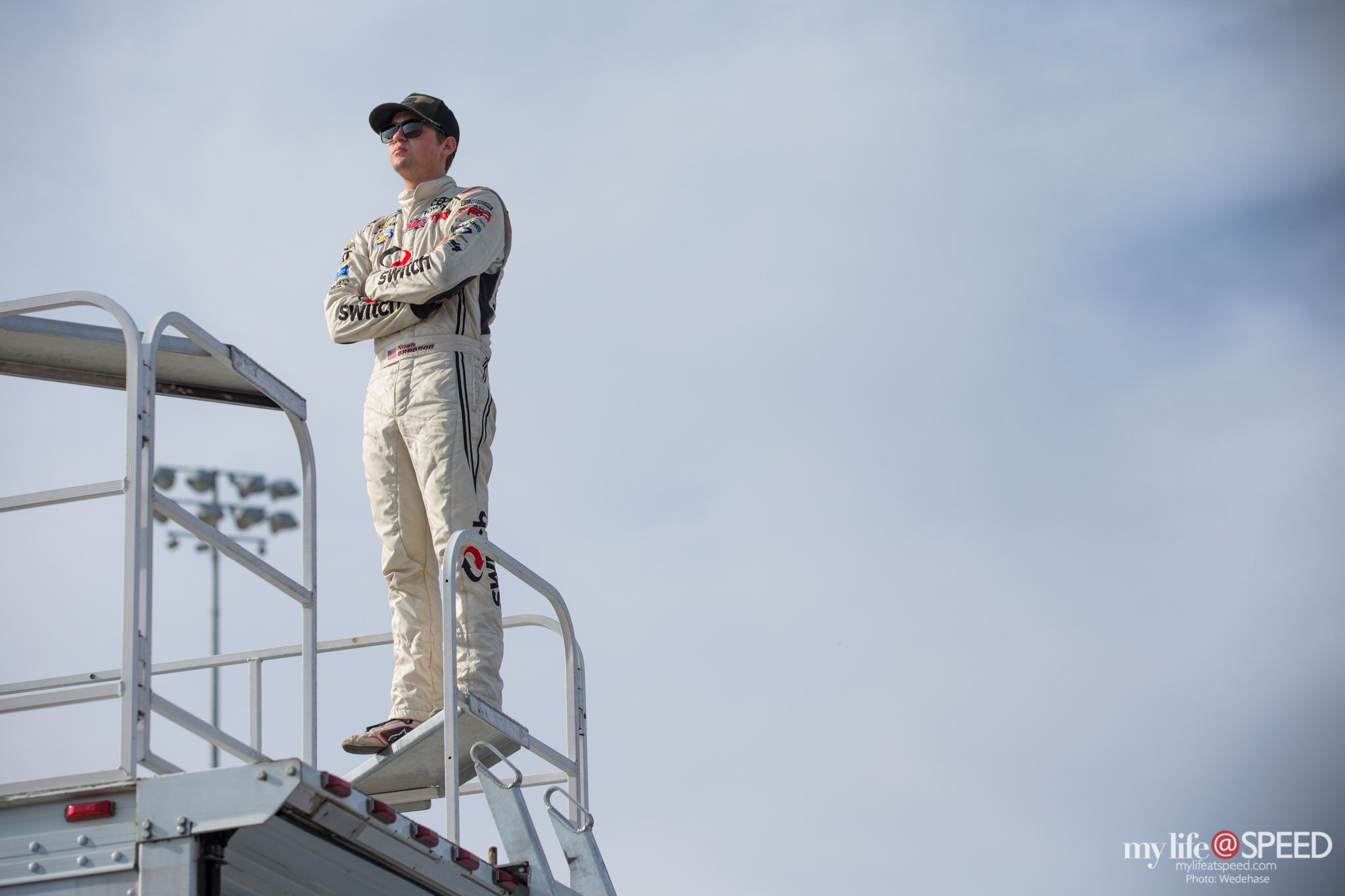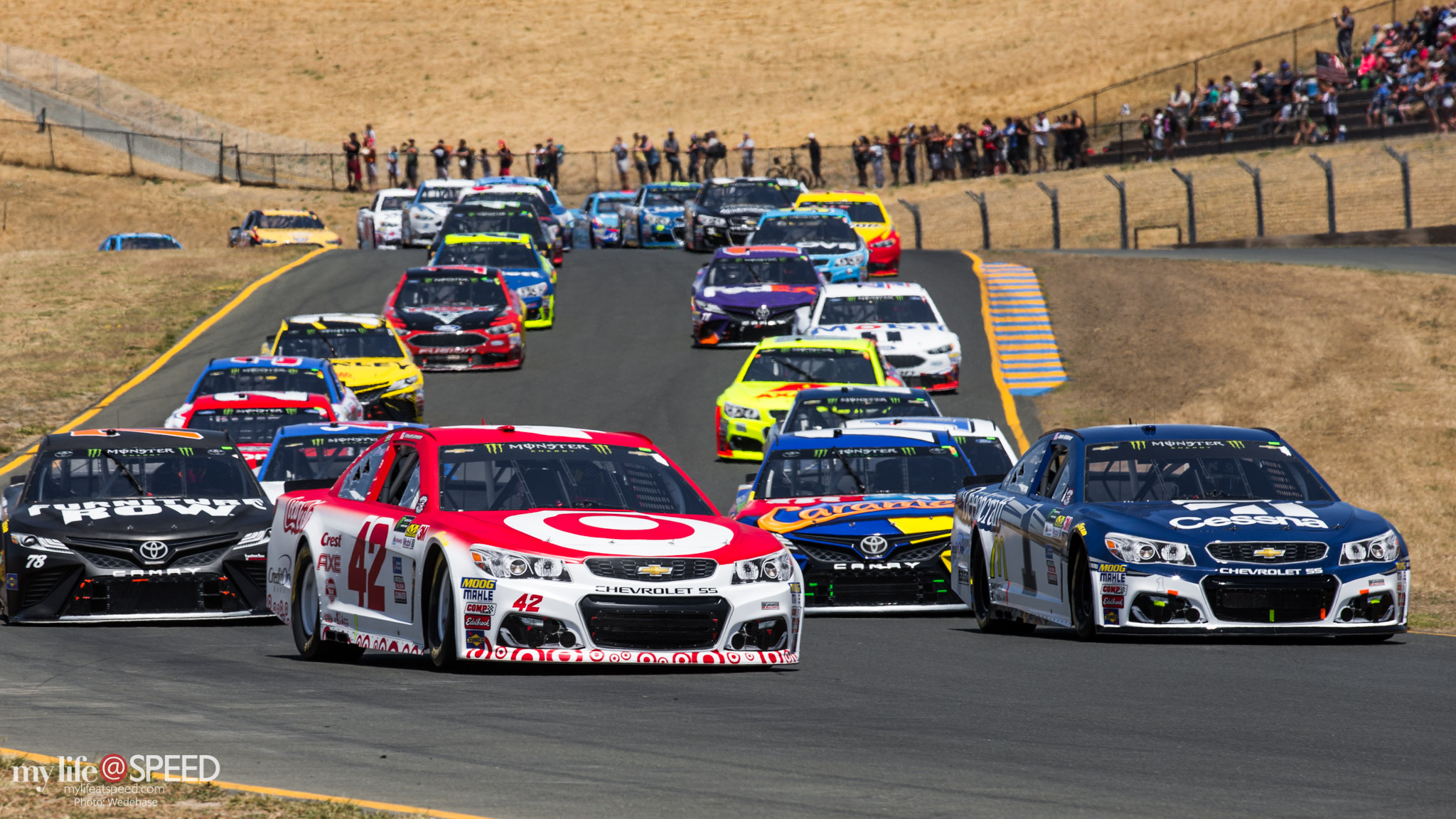Group B was a set of regulations introduced in 1982 for competition vehicles in sportscar racing and rallying regulated by the FIA. The Group B regulations fostered some of the quickest, most powerful and sophisticated rally cars ever built and is commonly referred to as the golden era of rallying.[1] However, a series of major accidents, some of them fatal, were blamed on their outright speed and lack of crowd control. After the death of Henri Toivonen and his co-driver Sergio Cresto in the 1986 Tour de Corse, the FIA disestablished the class, which was replaced as the top-line formula by Group A. The short-lived Group B era has acquired legendary status among rally fans.
Until 1983 the two main classes of rallying were called Group 2 and Group 4. Major manufacturers competed in Group 4, which required a minimum of 400 examples of a competition car. Notable cars of the era included the Lancia Stratos HF, Ford Escort RS1800 and Fiat 131 Abarth.
Here is a video shot in 2013 of some of the greatest historic rally cars – sit back, listen and enjoy!
In 1979 the FISA (then the name of the FIA’s motorsport regulatory division) legalized four-wheel drive (4WD). Car companies were not keen on using 4WD as it was generally felt that the extra weight and complexity of 4WD systems would cancel out any performance benefits.
This belief was shattered when Audi launched a competition car in 1980, the Turbocharged and 4WD Quattro. That year a Quattro was used in Portugal’s Algarve Rallye. Registered by the Audi Sport Factory Rally Team, IN-NE 3, as an opening (zero) car, it was driven by professional driver Hannu Mikkola. Mikkola’s Co-Driver was Arne Hertz. IN-NE 3’s combined time for all stages on this rally was over 30 minutes quicker[4] than that of the winner. While the new car was indeed heavy and cumbersome, its standing starts on gravel and road grip on Special Stages was staggering.
The Quattro was officially entered in the 1980 Jänner-Rallye in Austria and easily won. Audi kept on winning throughout 1980 and 1981 seasons, although lack of consistent results meant that Ford took the driver’s title in 1981 with Ari Vatanen driving a rear-wheel-drive Escort. The team’s victory at the 1981 Rallye San Remo was particularly historic: Piloted by Michèle Mouton, it was the first time a woman won a World Championship rally. Mouton placed second in the drivers’ championship the next year, behind Opel‘s Walter Röhrl.




